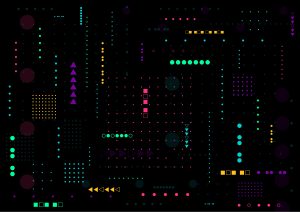Google’s newest app development framework is called Flutter. According to Google, it will enable the same code to be executed on tablets, desktop and laptop computers, as well as smartphones of all manufacturers, whether as native apps or as web pages.
It’s a huge undertaking, but Google has been incredibly successful so far, especially in two areas: building a framework for native Android and iOS apps that is truly platform-independent, excellent, and ready for production use; and building an impressive front-end web framework that can share 100% of the code with a compatible Flutter app.
Using a UI that uses widgets to build its front-end applications, Flutter is able to accomplish its objectives. These building elements make it possible to create interfaces that are highly adaptable, efficient, and appealing to suit the requirements of apps; this ability is set to increase with the Future of Flutter.
The platform now has greater tooling, developer support, and performance enhancements as a result of recent technological developments. Theme extensions, an improvement to the Material 3 design, and enhanced Lint packages for developers are some of them.
Google appears to have discovered the secret to success when deploying a very well-liked application framework by focusing on an approach that engages developers with detailed documentation and tooling to encourage better engineering.
The future of Flutter development is one that will be more gratifying and productive for developers in the years to come thanks to these performance, tools, and resource enhancements.








